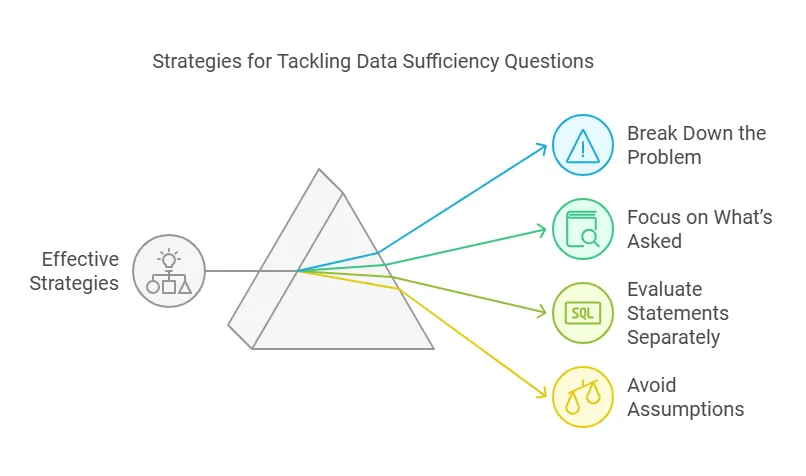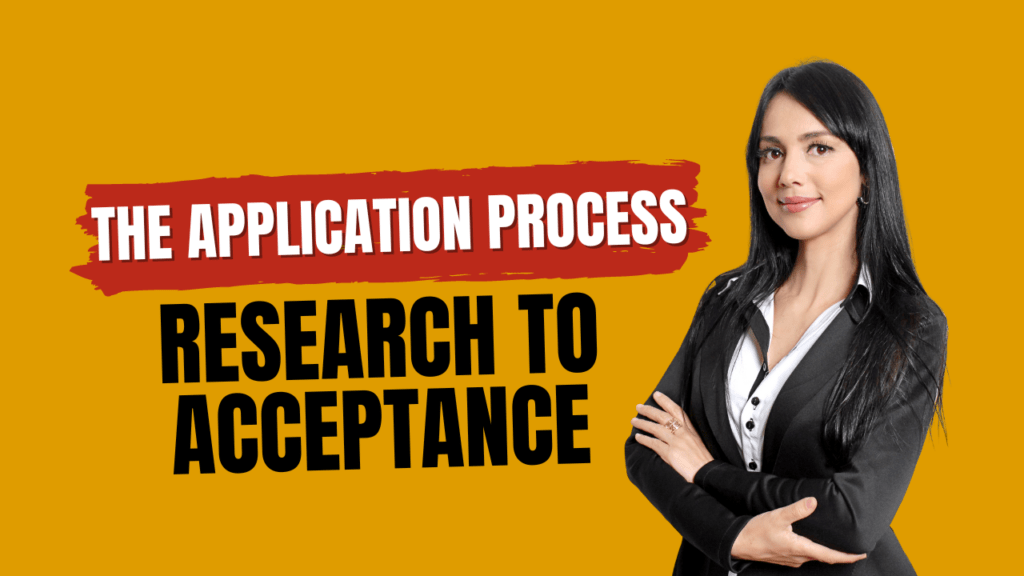GMAT Data Sufficiency Strategy
Preparing for the GMAT can feel like an uphill climb, especially when it comes to data sufficiency questions. These questions are designed not just to test your mathematical knowledge but also to challenge your critical thinking and decision-making skills. It’s no surprise that many test-takers find this section particularly tricky. If you’ve ever felt stuck or overwhelmed by data sufficiency questions, don’t worry—you’re in good company. This guide will help you understand these questions better and provide practical strategies to tackle even the toughest ones with confidence.
Understanding GMAT Data Sufficiency Questions
Before diving into strategies, it’s crucial to understand the structure and intent of GMAT data sufficiency questions.
| Section | Number of Questions | Time |
|---|---|---|
| Quantitative Reasoning | 21 | 45 minutes |
| Verbal Reasoning | 23 | 45 minutes |
| Data Insights | 20 | 45 minutes |
The GMAT exam is divided into three major sections: Quantitative Reasoning, Verbal Reasoning, and Data Insights, taking 45 minutes each to complete with 21, 23, and 20 questions, respectively. Within these, data sufficiency questions comprise an important part of the quantitative reasoning area, testing analytical and critical thinking skills. These problems require the test-taker to determine whether the provided statements contain enough information to answer a problem, but not necessarily to solve the problem itself. Mastering sufficiency questions involves understanding question structures, systematic evaluation of options, and avoiding common traps. It is one of the areas where concentrated practice will significantly improve the accuracy and save valuable exam time.
👉Structure of Data Sufficiency Questions:
A question stem presents a problem or scenario.
Two statements follow, offering pieces of information that may help answer the question.
Answer Choices:
(A) Statement 1 alone is sufficient.
(B) Statement 2 alone is sufficient.
(C) Both statements together are sufficient.
(D) Each statement alone is sufficient.
(E) Statements 1 and 2 together are not sufficient.
👉Common Pitfalls:
Misinterpreting the question or the statements.
Overlooking hidden assumptions.
Rushing to conclusions without fully analyzing the information provided.
Understanding this format is the first step to improving your accuracy.
Key Strategies to Tackle Difficult Data Sufficiency Questions
To handle challenging data sufficiency questions effectively, follow these strategies:
👉Break Down the Problem:
Start by carefully reading the question stem to understand exactly what’s being asked.
Look for keywords such as “value,” “condition,” or “exactly” to clarify the objective.
👉Focus on What’s Asked:
Avoid solving the entire problem; instead, determine whether the statements provide enough information.
Identify if the question is testing sufficiency, not calculation.
👉Evaluate Statements Separately:
Analyze each statement in isolation to assess sufficiency.
Once done, revisit the statements together if needed.
👉Avoid Assumptions:
Stick strictly to the information provided in the question and statements.
Don’t let your own knowledge or biases influence your analysis.

Guidelines for Answering Data Sufficiency Questions | GMAT Data sufficiency Tips
| Guideline | Explanation |
|---|---|
| Memorize the five fixed answer choices | Familiarize yourself with the answer choices so you don’t need to refer back to them repeatedly. |
| Read carefully | Ensure you understand exactly what the question is asking before analyzing the statements. |
| Avoid unwarranted assumptions | Don’t assume things like xxx being positive unless explicitly stated in the question. |
| Check both statements separately | Even if the first statement is sufficient, always test the sufficiency of the second statement. |
| For value-based questions | Information is sufficient only if it determines exactly one numerical value for the quantity. |
| For yes/no questions | Information is sufficient only if it leads to a definitive yes or no answer. |
| Avoid solving unless necessary | Do not work out solutions unless absolutely required to decide on sufficiency. |
| Use the on-screen calculator | Utilize the calculator to simplify complex calculations. |
| Strategic guessing | If the question becomes too time-consuming, guess strategically and move on to save time. |
Advanced Techniques for Challenging Questions
For the most difficult data sufficiency questions, employing advanced techniques can make all the difference.
1. Recognize Patterns and Traps
- Redundant Information: Some statements might seem important but offer no new value.
- Tempting Wrong Answers: Watch out for statements that feel “almost” sufficient but miss critical information.
2. Use Scratch Paper Effectively
- Organize Your Work: Create columns to evaluate each statement separately and side-by-side.
- Visualize Scenarios: For problems involving geometry or inequalities, sketch simple diagrams to clarify relationships.
3. Manage Your Time Wisely
- Set a Time Limit: Spend no more than 2 minutes per question. If it takes longer, make an educated guess and move on.
- Know When to Skip: If a question feels overly complex or time-consuming, it’s better to save time for others.
Final Thought
A solid combination of knowing, strategic skill, and intentional practice would be needed in order to master GMAT data sufficiency questions. The following are the basic strategies needed to improve and ultimately to master data sufficiency problems: Breaking a problem into manageable parts is a step in avoiding common traps that come in the way; practice purposefully. Confidence begets more confidence. Master the difficult questions, and you’re ready for all on test day.




